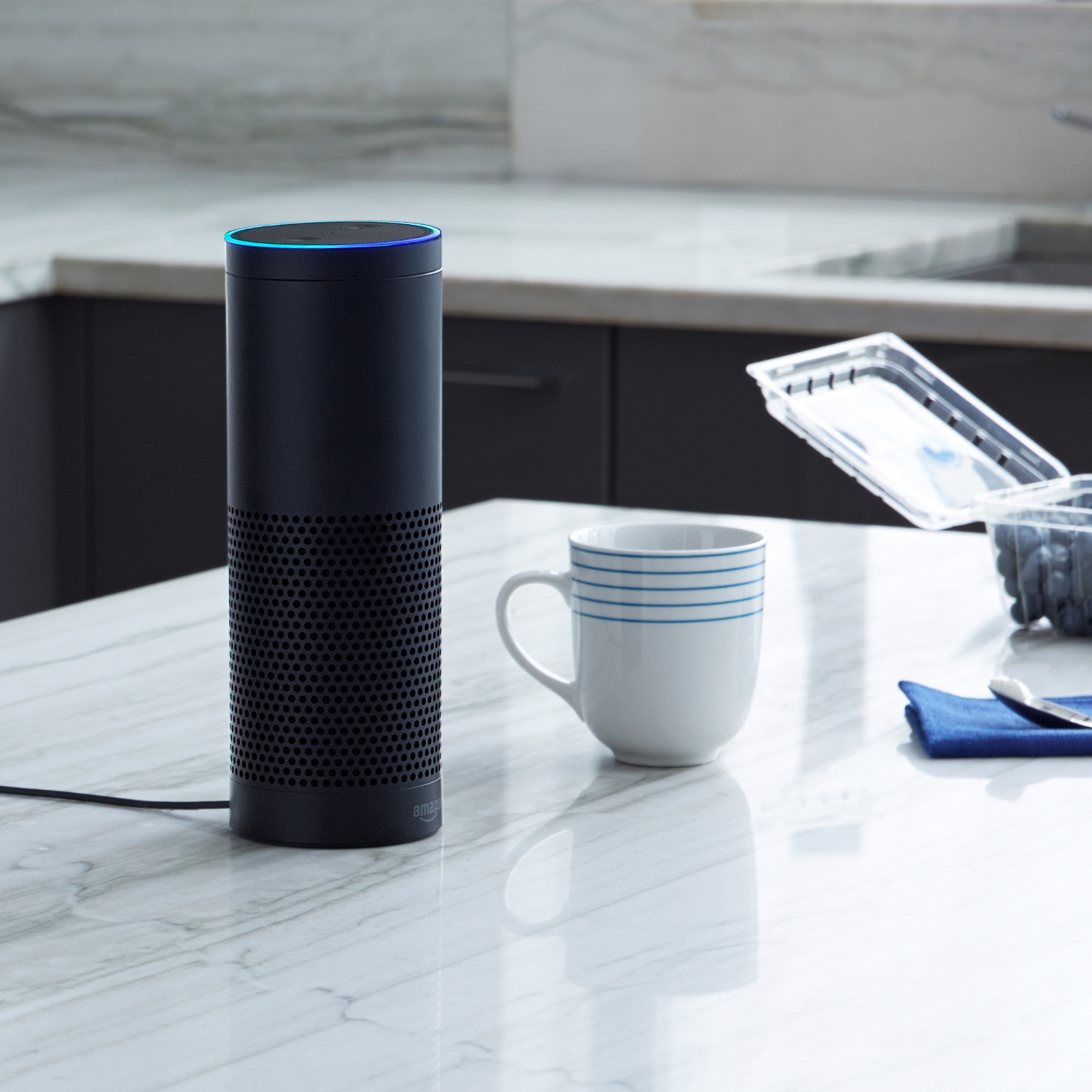
When Cary Grant and Myrna Loy undertake the renovation of an old country house in “Mr. Blandings Builds His Dream House,” hilarity ensues. Nearly 40 years later, Tom Hanks and Shelley Long encounter similar troubles in “The Money Pit.”
While both these movies are comedies, if something like this happens to you it’s anything but funny. Leaky roofs, crooked floors, and rotten foundations can cost thousands in repairs.
But there are a number of less costly money pits that can run up your living expenses over time and end up costing thousands of dollars over the long haul.
Realtor.com has identified the following six mini-money pits that fit that description.
Lightbulbs
You can save $75 a year in electricity costs by replacing just five of your most frequently used incandescent lights with LED bulbs. Only about 10% of the electricity you use for incandescent bulbs generates light; the other 90% is wasted heat.
Air conditioning
Replace the filters on your air conditioning unit at least once a year. Restricted air flow causes the unit to work harder and longer, using more electricity and are likely to cause the unit to burn out more quickly, leading to an expensive replacement.
Refrigerator
Today’s large refrigerators make it easy to “lose” food in the fridge, food that you’ll discover eventually and then have to toss out. That adds up to an average of $2,000 per year per household. Cleaning the appliance’s refrigeration coils regularly can cut up to 6% from the cost of running the fridge.
Landline phone
The average cost of a landline phone is around $40 a month. How often do you use it, now that virtually every American household has at least one cell phone? A voice-over-IP device can save you most of that expense.
Energy vampires
Most appliances and electronic gadgets like cable boxes, laptops, TVs, and coffee makers use energy even when turned off. Unplug them or connect several to a power strip that allows you to control all of them with a single switch. This can save up to $65 a year.
Pets
House pets like cats and dogs are expensive to feed and care for. That’s not to say that you should not own a pet, but an average dog costs about $2,000 a year to feed and care for and can live an average of 12 years. That dog or cat may be worth every cent you spend on it, but it pays to know what you’re getting into when you bring a new pet home.
The Average American Has No Idea How Much Money You Can Make Today (Sponsor)
The last few years made people forget how much banks and CD’s can pay. Meanwhile, interest rates have spiked and many can afford to pay you much more, but most are keeping yields low and hoping you won’t notice.
But there is good news. To win qualified customers, some accounts are paying almost 10x the national average! That’s an incredible way to keep your money safe and earn more at the same time. Our top pick for high yield savings accounts includes other benefits as well. You can earn up to 3.80% with a Checking & Savings Account today Sign up and get up to $300 with direct deposit. No account fees. FDIC Insured.
Click here to see how much more you could be earning on your savings today. It takes just a few minutes to open an account to make your money work for you.
Our top pick for high yield savings accounts includes other benefits as well. You can earn up to 4.00% with a Checking & Savings Account from Sofi. Sign up and get up to $300 with direct deposit. No account fees. FDIC Insured.
Thank you for reading! Have some feedback for us?
Contact the 24/7 Wall St. editorial team.
